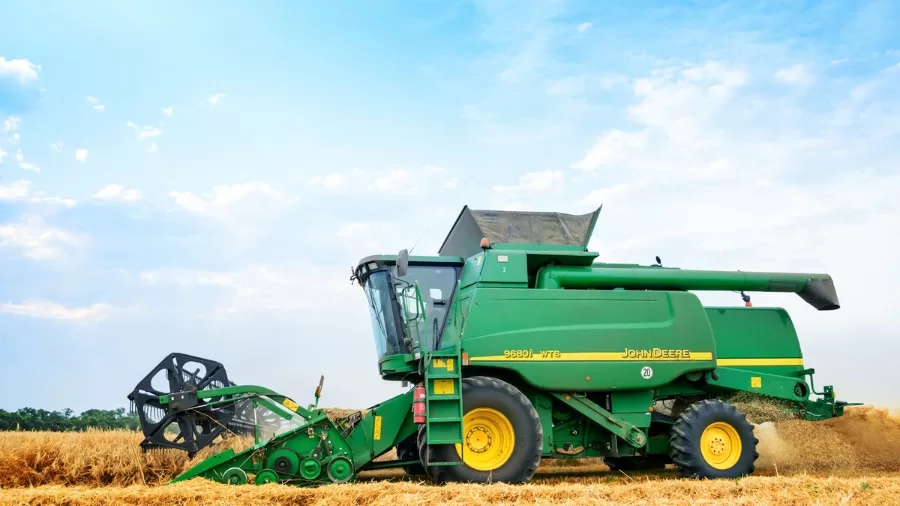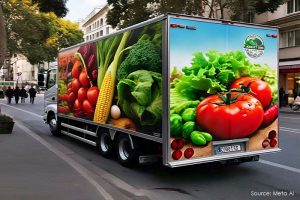Revolutionising Agriculture and Industry: The Rise of Autonomous Solutions

- Labour scarcity issues are being tackled by employing autonomous economies like self-propelled tractors and drones, which also have more efficient applications in agriculture and industry.
- AI and connectivity allow autonomous systems to adapt, make real-time decisions, and optimise operations in remote settings.
- Advances in automation technology are redefining the face of manufacturing and logistics, providing world-class safety, productivity, and sustainability in supply chains around the globe.
The industrial and agricultural sectors that have always been categorized under outdated and low-technology sectors are seen as entering the revolution of uncrewed solutions. From autonomous vehicles to robotic innovations, they are now unfolding promises of new ways of working in these sectors while addressing age-old labour shortages and improvements in efficiency.
Tackling the Labor Shortage
According to the estimates made by the American Farm Bureau Federation, 2.4 million farm jobs go unfilled every year because of increased competition from skilled labour. Upcoming construction site bodes of nearly 88% of contractors are leaving vital jobs uncompleted during crucial times because they have no means to source such skilled workers.
To overcome these challenges of labour, autonomous machines are being developed by companies such as John Deere. These machines operate autonomously, allowing farmers and construction companies to complete essential activities Reliably and precisely. This technology is factory-installed or retrofitted into current machines. John Deere would like to see even more autonomous capabilities developed-from slough to plant to harvest.
Autonomous Technologies in Agriculture
Automation has ushered in a new revolution for agriculture. Such include self-driving tractors clad with AI and machine vision such that they can drive themselves across the fields, even plant seeds and spray crops without a hitch of human oversight. This reduces the margin of error, optimizes yields, and conserves resources.
Besides, drones are now the best and strongest tools for farmers. These flying instruments even now lend real-time data on crop health so that with accuracy, improved yields at less cost can be brought out. Thus, their increase in integration with AI, machine learning, and real-time connectivity makes those devices adapt to the environment and make on-the-fly decisions.
Importance of AI and Connection
AI and connectivity play a vital role in this high-tech innovation. Machine learning algorithms will enable autonomous systems to understand their environment and adapt to changing conditions in real-time while making decisions. Among other things, 5G and edge computing have also improved the performance and reliability of autonomous technology, especially in remote or challenging environments.
Trends in Industrialization and Logistics
Even in factories or manufacturing facilities, autonomous systems track production processes, while warehouse efficiency is improved with the use of autonomous forklifts. These technologies reduce the current labour shortage while increasing operational safety and efficiency.
The logistics sector, for example, now resorts to self-propelled robots for the optimization of supply chains. With online shopping ushering in demand for same-day deliveries, how does one improve efficiency under the most extreme conditions of heatwaves? Automation alleviates saturation, cutting down on waiting time and streamlining operations, ultimately making the entire process a greener affair.
Robots have taken over functions that once depended on human labour in the warehouse sector. Even so, MIT has been working on novel AI systems for robots that could learn to manipulate awkwardly shaped packages and navigate crowded spaces, with an emphasis on safety and productivity. Such innovators as Agility Robotics and Amazon have begun using AI-driven robots in their warehouses for more rapid sorting of packages while improving accuracy.
Tomorrow’s Automated Solution
As technology strengthens under the weight of time, autonomous technologies not only solve immediate problems but also open the way toward a more sustainable and efficient future. All these transformations turn industries from agriculture to manufacturing and even logistics that have long relied on human labour upside down. The better AI, machine learning, and connectivity become, the greater their possibilities in today’s rapidly evolving world for automation deployments within these sectors. It promises a future where work is done faster, in a safer way, and with greater precision.
This transition is more than a technological trend; it is a must for an intelligent future that permits industries to function in adversarial environments, with an ack of llabour huge demand, and sustainability requirements. It is the future that will be autonomous, and it is already here.









































